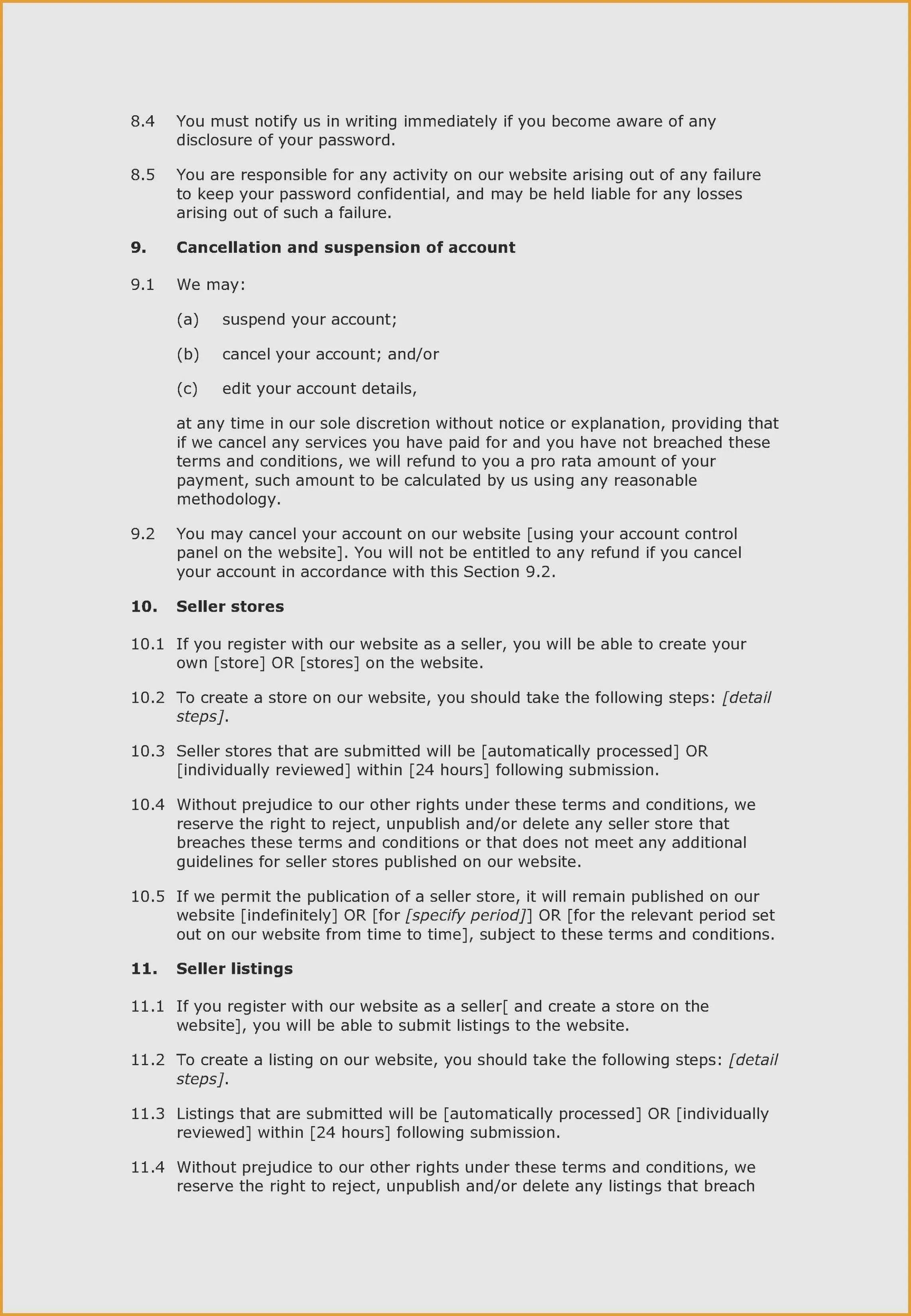Understanding the Purpose of a Cover Letter
A well-crafted cover letter is more than just a formality it’s your opportunity to make a strong first impression and demonstrate why you’re the perfect fit for a job. It provides context to your resume, allowing you to highlight specific skills, experiences, and achievements that align with the job requirements. Think of it as your personal introduction, a chance to showcase your personality and enthusiasm beyond the bullet points of your resume. A cover letter is your chance to set the stage for your candidacy, to show that you’ve taken the time to understand the role and the company, and to articulate your unique value proposition.
Why a Cover Letter Matters
In today’s competitive job market, a cover letter can be the deciding factor in whether or not your application moves forward. It’s your opportunity to stand out from the crowd of applicants who might have similar qualifications. A compelling cover letter proves that you’re serious about the opportunity and have done your research on the company. It also helps recruiters and hiring managers quickly assess your fit, saving them valuable time and helping them identify candidates who are most likely to succeed in the role. Furthermore, the cover letter provides a platform to address any potential concerns or gaps in your resume, offering a holistic view of your candidacy.
The Impact of a Strong Cover Letter
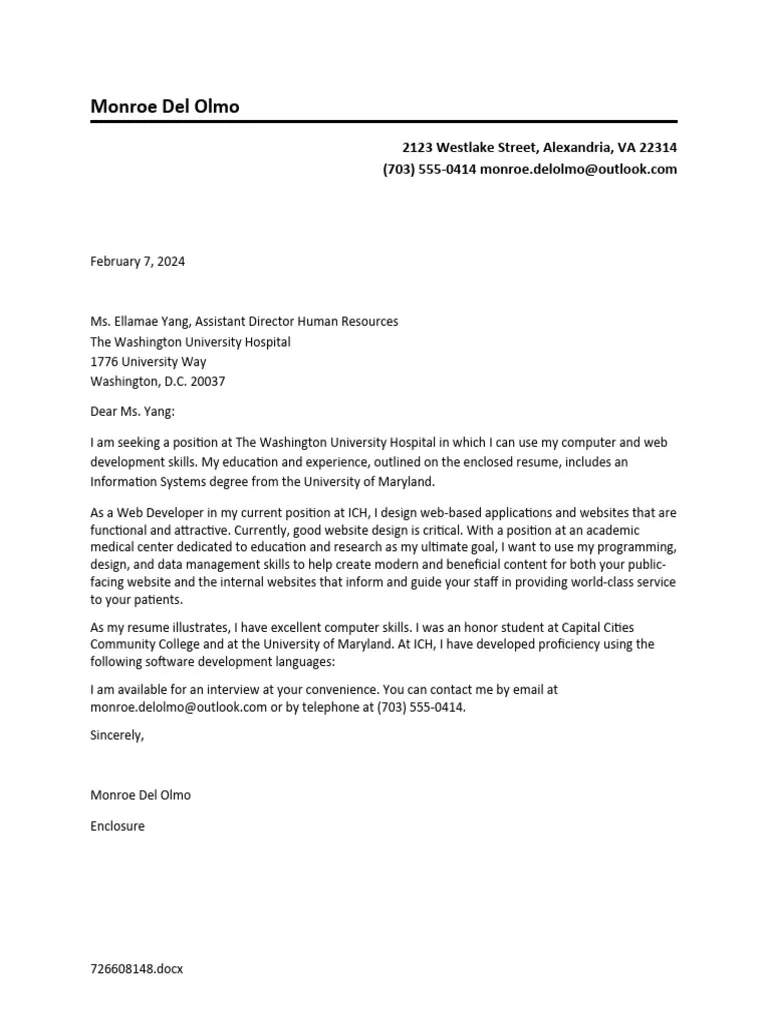
A strong cover letter can significantly increase your chances of landing an interview. It creates a positive first impression, showcasing your communication skills, attention to detail, and genuine interest in the role. It also gives you a chance to inject personality into your application, differentiating you from other candidates. By demonstrating your understanding of the company’s needs and articulating how your skills and experience align with those needs, you increase your chances of making it to the interview stage. Moreover, a well-written cover letter demonstrates professionalism and a proactive approach to the job search, which is highly valued by employers.
Key Components of a Two-Page Cover Letter
While a one-page cover letter is often sufficient, certain situations may warrant a two-page letter. This is particularly true for candidates with extensive experience, complex career paths, or those applying for senior-level positions. A two-page cover letter allows you to provide more detail and context, demonstrating the full scope of your skills and qualifications. However, it’s important to use the extra space wisely, focusing on the most relevant information and ensuring your letter remains concise, engaging, and easy to read.
Page 1 Content Strategy
The first page of your cover letter should capture the reader’s attention and provide a concise overview of your qualifications. This page sets the tone for the entire letter and should immediately address the key requirements of the job. Keep it focused and compelling to encourage the reader to continue reading the rest of the letter. Focus on a strong hook and a brief introduction that establishes the purpose of your letter and your interest in the position. Make sure the opening paragraphs are engaging and immediately convey your enthusiasm for the role and the company. It is very important to make a good first impression.
Header and Contact Information
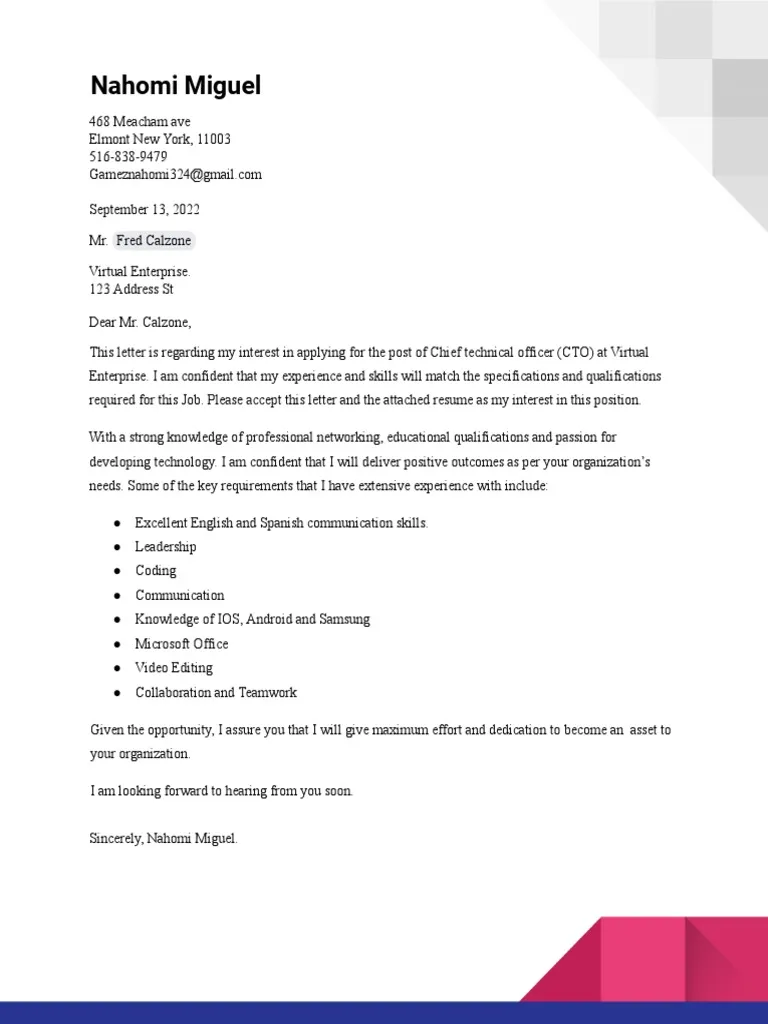
Start with a professional header that includes your name, contact information (phone number, email address, and LinkedIn profile URL), and the date. Ensure your contact information is accurate and up-to-date. Include the hiring manager’s name and title, the company name, and the company address. This section provides a clear and concise way for the recruiter to contact you and also demonstrates your attention to detail.
Professional Greeting
Address the hiring manager by name if possible. Research the hiring manager’s name on LinkedIn or the company website, or use a general greeting such as Dear Hiring Manager if you can’t find a specific name. Always maintain a professional tone throughout the letter. Avoid overly casual greetings or informal language to demonstrate respect for the company and the hiring process.
Hook and Introduction
Start with a compelling hook to grab the reader’s attention. This could be a brief statement about why you’re excited about the opportunity or a relevant achievement that showcases your skills. Following the hook, provide a brief introduction that states the position you’re applying for and how you learned about it. This section should be concise and immediately establish the purpose of your letter.
Highlighting Relevant Skills and Experience
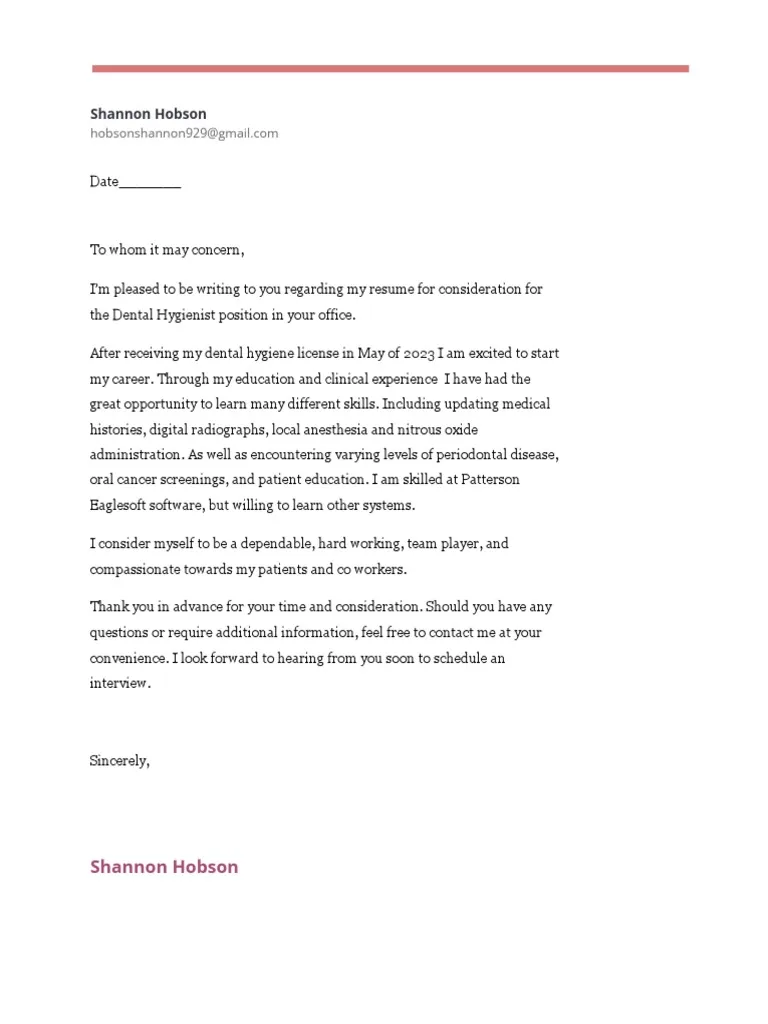
In the first page, briefly highlight the key skills and experiences that align with the job description. Focus on the most relevant qualifications and use specific examples to illustrate your abilities. Quantify your achievements whenever possible to demonstrate the impact of your work. Use bullet points to make the information easier to read and digest. Tailor this section to match the job description, emphasizing the skills and experiences that the employer values most.
Page 2 Content Strategy
The second page of your cover letter provides an opportunity to elaborate on your qualifications and further demonstrate your suitability for the role. Here, you can provide more detail about your achievements, showcase your passion for the company, and address the employer’s specific needs. Use this page to provide additional context and further demonstrate your value to the organization. Make sure that the second page complements the first page, adding more information without repeating the same points.
Elaborating on Achievements and Contributions
Provide more detail about your key achievements and contributions in previous roles. Use the STAR method (Situation, Task, Action, Result) to describe specific situations, the tasks you were responsible for, the actions you took, and the results you achieved. Quantify your accomplishments whenever possible, using numbers and data to demonstrate the impact of your work. Showcase any awards or recognition you have received.
Demonstrating Passion and Enthusiasm
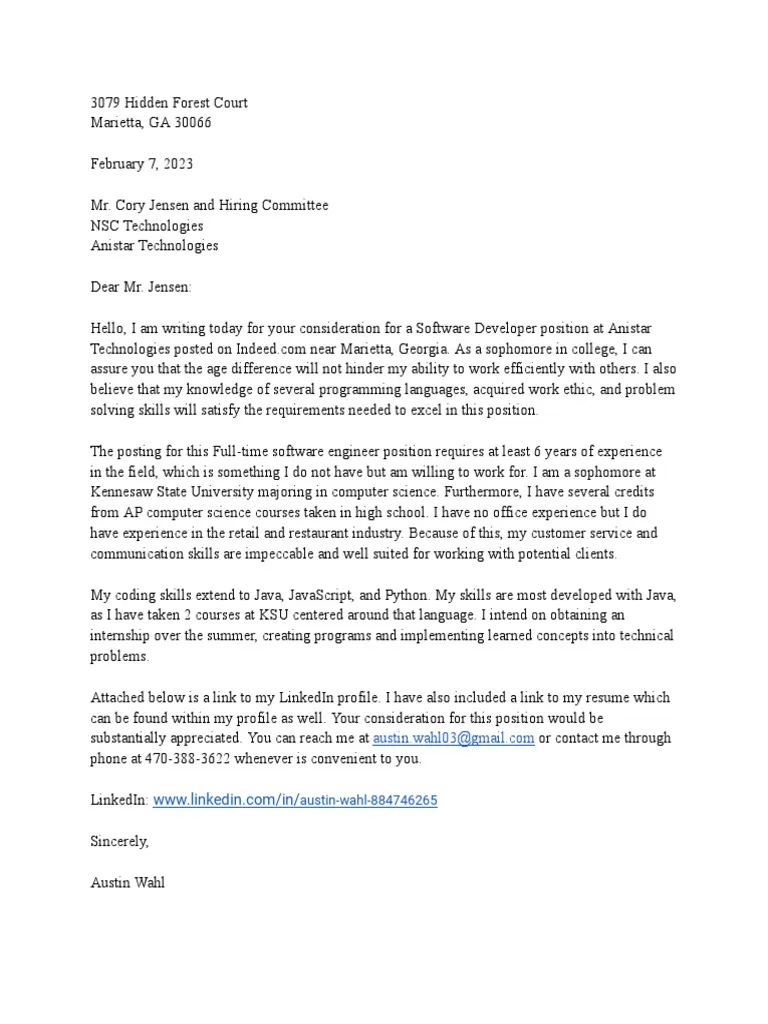
Express your genuine passion for the company and the role. Explain why you are interested in working for this specific organization. Mention any relevant company values or initiatives that resonate with you. Show that you’ve done your research and understand the company’s mission, values, and goals. Demonstrating your passion and enthusiasm can set you apart from other candidates who might be less engaged or motivated.
Addressing the Employer’s Needs
Explicitly address the employer’s needs and how you can help them achieve their goals. Demonstrate your understanding of the job requirements and how your skills and experience align with those needs. Tailor your letter to the specific job description, highlighting the qualifications and experiences that are most relevant. Explain how you can contribute to the team and the company’s success.
Structuring Your Cover Letter for Maximum Impact
The structure of your cover letter is crucial to ensuring that it’s easy to read, engaging, and persuasive. A well-structured letter will guide the reader through your qualifications and make it easier for them to understand why you are a great fit. Ensure that the information is logically organized, with clear headings and subheadings to improve readability. By focusing on clarity, organization, and conciseness, you can maximize the impact of your cover letter and increase your chances of getting an interview.
Formatting and Layout
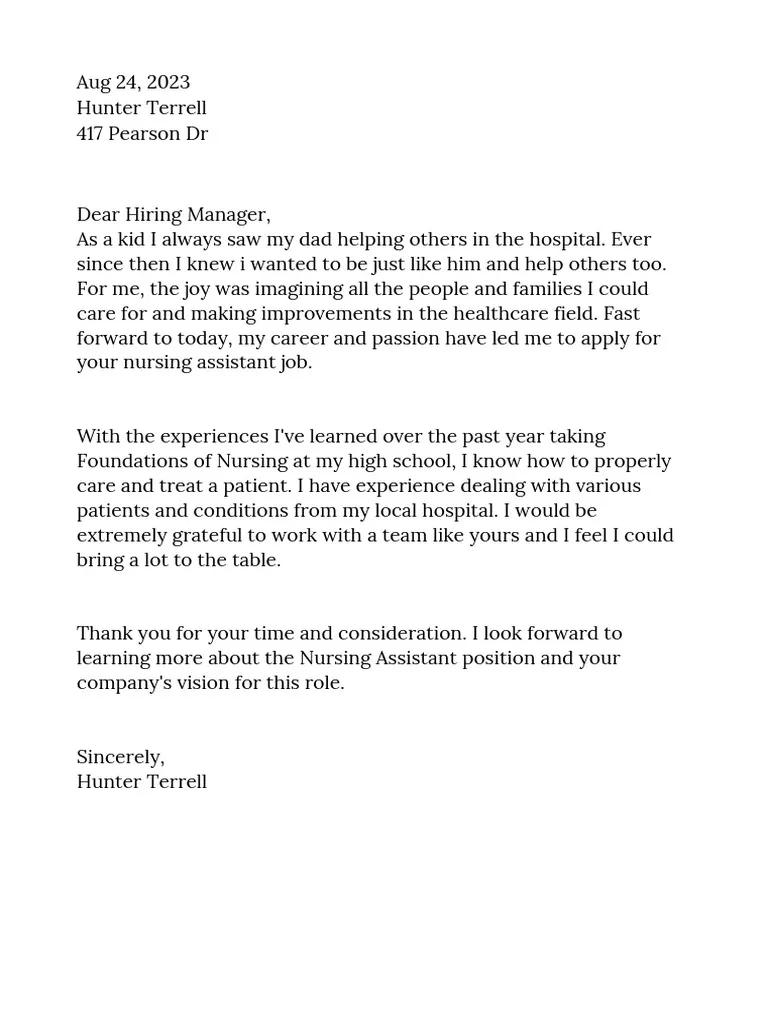
Choose a professional and easy-to-read font such as Arial, Calibri, or Times New Roman. Use a font size between 10 and 12 points. Use headings, subheadings, and bullet points to break up the text and make it more visually appealing. Ensure that your cover letter is well-formatted, with consistent margins and spacing. Keep paragraphs concise and focused, and use white space effectively to improve readability.
Font Choices and Readability
Selecting the right font is critical for readability. Choose professional fonts such as Arial, Calibri, or Times New Roman. Ensure the font size is between 10 and 12 points for optimal readability. Avoid overly stylized or decorative fonts that can distract the reader. Maintain consistency throughout the document, using the same font and size for all sections to create a professional appearance.
White Space and Visual Appeal
Use white space strategically to improve readability. Leave ample space between paragraphs and sections to avoid a cluttered appearance. Use margins of at least 1 inch on all sides. Avoid dense blocks of text that can be overwhelming. Use bullet points to highlight key achievements and skills. A well-formatted cover letter with good use of white space is more inviting and easier to read, which is very important for making a good impression.
Tone and Language

Use a professional and confident tone throughout your cover letter. Avoid slang, jargon, and overly casual language. Write in a clear, concise, and engaging style. Use active voice whenever possible to make your writing more dynamic and impactful. Proofread your letter carefully for any grammatical errors or typos. Maintain a positive and enthusiastic tone to demonstrate your interest in the role and the company.
Professionalism and Confidence
Project professionalism and confidence in your writing style. Avoid sounding unsure or apologetic. Use strong verbs and action words to describe your skills and achievements. Highlight your strengths and qualifications with conviction. Address the hiring manager directly, and show your genuine enthusiasm for the opportunity. Displaying a professional and confident tone shows that you are a serious candidate and can add value to the company.
Avoiding Common Mistakes
Avoiding common mistakes can significantly improve the effectiveness of your cover letter. These mistakes can often undermine your application and create a negative impression. Addressing these issues will improve your chances of getting an interview. Paying close attention to detail and reviewing your cover letter carefully will help you avoid these pitfalls and present yourself in the best possible light.
Typos and Grammatical Errors
Typos and grammatical errors can damage your credibility and make you appear unprofessional. Proofread your cover letter carefully before submitting it. Use a spell checker and grammar checker, but don’t rely on them completely. Have a friend or family member review your cover letter for errors. Correct any errors to demonstrate your attention to detail and commitment to quality.
Generic and Uninspired Content
Avoid using generic content that could apply to any job. Tailor your cover letter to the specific job description and the company. Show that you’ve done your research and understand the company’s needs. Highlight your relevant skills and experiences in a way that is unique to you. Demonstrating specific knowledge and interest in the role shows that you have put thought into the application and that you genuinely want the role.
Length and Brevity
Keep your cover letter concise and to the point. Avoid rambling or including unnecessary information. Use clear and concise language to communicate your key qualifications and experiences. Even in a two-page cover letter, it is important to be clear and concise. Focus on the information that is most relevant and impactful. Respect the reader’s time by making every sentence count.
Tailoring Your Cover Letter
Tailoring your cover letter to each job application is crucial for demonstrating your genuine interest and making a strong impression. A generic cover letter is easily recognizable, whereas a tailored letter shows that you have taken the time to understand the specific needs of the employer. This effort can set you apart from other candidates and significantly increase your chances of getting an interview. Therefore, tailoring your cover letter is one of the most important steps in the job application process.
Researching the Company
Before writing your cover letter, research the company thoroughly. Visit the company website, read news articles, and check social media profiles to understand their mission, values, and culture. Identify the company’s goals and challenges, and tailor your letter to address their specific needs. Demonstrate your knowledge of the company to show that you are genuinely interested in the opportunity and that you have taken the time to learn about their organization.
Matching Skills to Job Requirements
Carefully review the job description and identify the key skills and experiences that the employer is seeking. Highlight your relevant skills and experience, using specific examples to demonstrate how you meet the job requirements. Use the same keywords and phrases from the job description to show that you understand the role and are a good fit. Prioritize the skills that are most important to the employer and provide strong evidence of your abilities.
Quantifying Achievements
Quantify your achievements whenever possible to demonstrate the impact of your work. Use numbers and data to illustrate your successes and results. For example, instead of saying “Improved customer satisfaction,” say “Increased customer satisfaction by 15%.” Quantifying your achievements shows that you have a strong impact in your previous role, and is more impressive than qualitative statements. Numbers and data will provide concrete evidence of your accomplishments and make your cover letter more compelling.
Proofreading and Editing
Proofreading and editing your cover letter is a critical step in ensuring that it’s free of errors and presents you in the best possible light. Take the time to thoroughly review your letter for any mistakes in grammar, spelling, punctuation, or formatting. A well-proofread cover letter demonstrates your attention to detail and commitment to quality, while a letter riddled with errors can undermine your credibility and make you appear unprofessional.
Seeking Feedback from Others
Ask a trusted friend, family member, or career advisor to review your cover letter. Another person can offer a fresh perspective and identify any errors or areas for improvement that you may have missed. Ask for feedback on the clarity, conciseness, and overall effectiveness of your letter. Consider having multiple people review your cover letter to get a wider range of opinions and feedback. Receiving feedback is an important step in writing a great cover letter.
Final Review Checklist
Before submitting your cover letter, use a final review checklist to ensure that you haven’t missed anything. Verify that your contact information is accurate and up-to-date. Check that you have addressed the hiring manager by name if possible. Review your letter for any typos, grammatical errors, or formatting issues. Confirm that your letter is tailored to the specific job and company. Ensure that you have included all the necessary components, such as a strong hook, introduction, key skills, and a call to action. A thorough review will help ensure that your cover letter is polished and professional.
